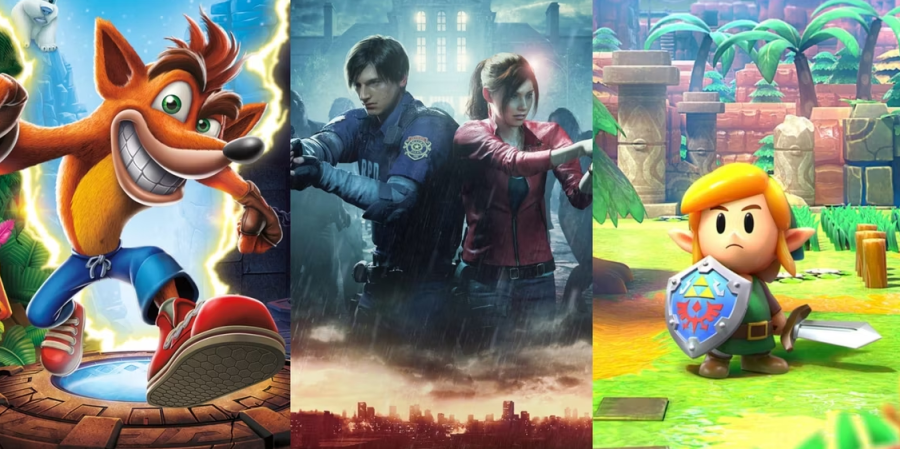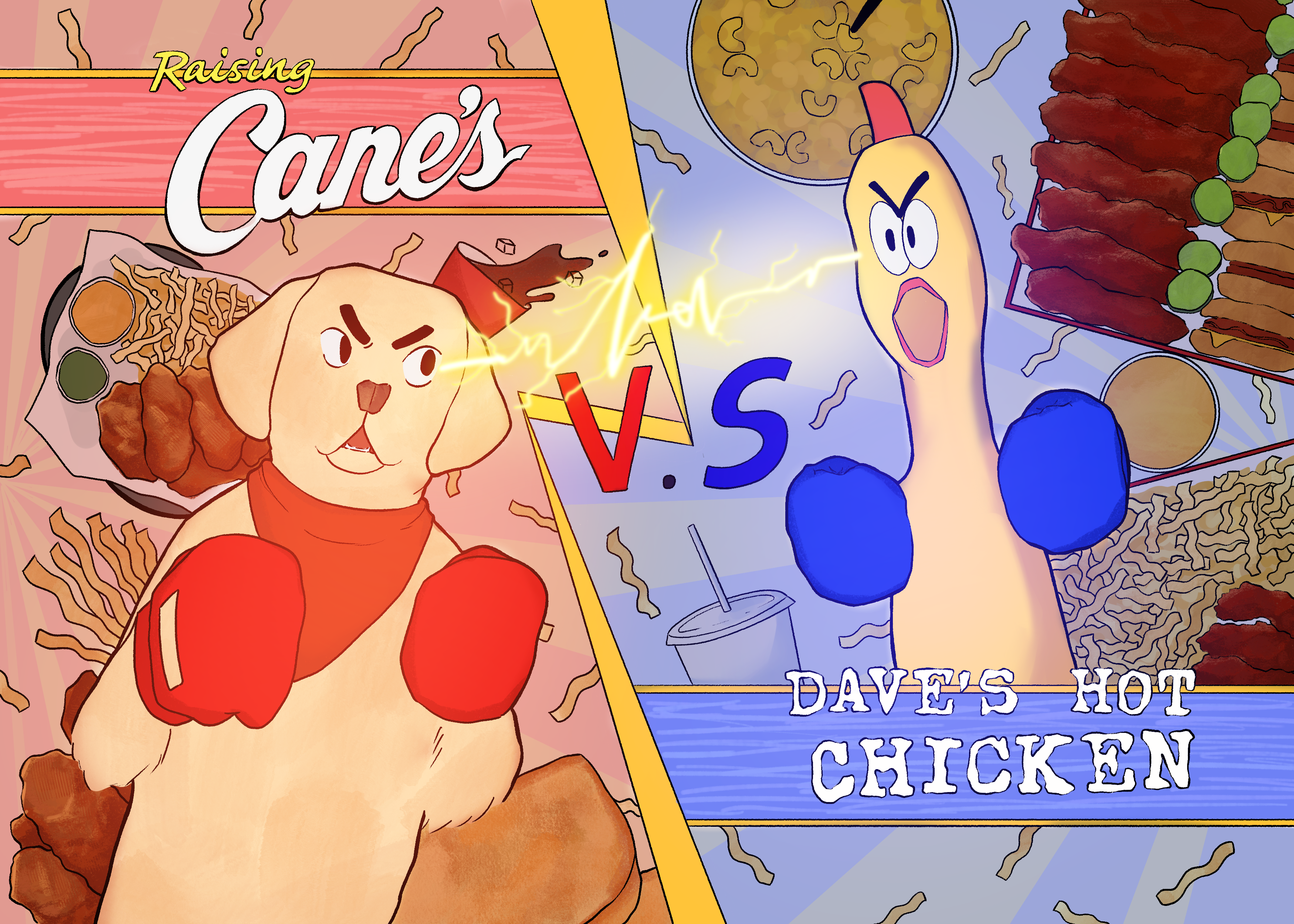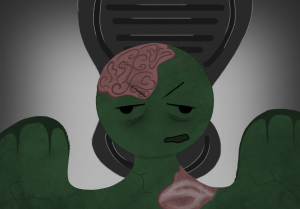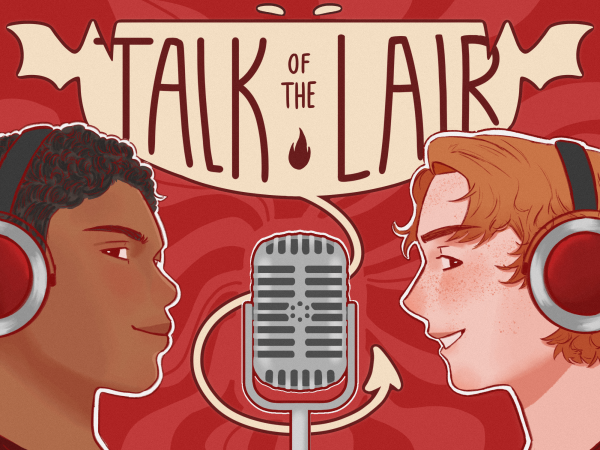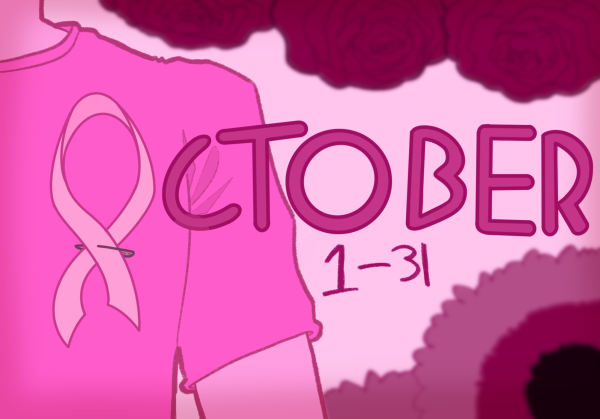Remakes and remasters in gaming
TheGamer
Just as popular as making a new game is taking an old one and sprucing it up to modern standards. However these remakes and remasters have ranged in quality dating all the way back to the SNES(Super Nintendo Entertainment Syststem).
May 10, 2023
A major trade of the gaming industry today is remastering and remaking older games. Whether it’s just sprucing up the visuals or fully remaking it from the ground up, a lot of major studios partake in this practice. While some may argue this represents a lack of creativity, this method gives developers the chance to return to their older titles and either fix a few things or truly reimagine them into what they were always meant to be. If nothing else, they offer a way to play these older games on the current hardware.
The first major studio to truly remake a game is Nintendo with “Super Mario All-Stars” for the Super Nintendo Entertainment System (SNES). This took the four “Super Mario” titles from the Nintendo Entertainment System (NES) and transformed them into games that looked like they were made for the SNES. This essentially meant redoing the sprite work and toying with the physics of the game. This collection was revolutionary at the time and certainty set the standard for all future remakes to come.
Then with the rise of HD consoles in the mid 2000s also came the rise of remasters. Many game companies at this time would take older games, put them in HD, add some quality of life changes and occasionally include a bit of extra content. While initially also called remakes, it was eventually changed to remasters, to not be as misleading. Because remasters were just that. Taking an old game and upscaling the graphics and adding some quality of life changes. Meanwhile a remake takes the game and actually remakes redoing the visuals and possibly tweaking parts of the gameplay.
Some notable remasters include “Halo: Combat Evolved Anniversary” and “Shadow of the Colossus HD.” While not super impressive these remasters still put these games in a better resolution and brought them to modern consoles. Plus, since many of the remasters were from big collections like the “God of War Saga” it was tough to complain.
But then when the next generation of consoles came around, another type of remake started being made. Both the “Resident Evil 2” remake and “Final Fantasy VII Remake” take the old game and evolve it into what feels like a completely new experience in both the gameplay and story.
That’s not to say that this generation hasn’t also sparked some incredible regular remakes as well. “The Legend of Zelda: Link’s Awakening” remake takes the classic “Game Boy” game and gives it a fantastically unique art style turning it into a sublime top down action adventure game. And the “Demon’s Souls” remake for PlayStation 5 gives the game some fantastic visuals along with making great use of the “DualSense” controller.
Some impressive remasters have also come out like “Uncharted: The Nathan Drake collection” and the recently released “Metroid Prime Remastered.” However the pricing on some of these remasters have been absurd, such as Nintendo charging 60 dollars for “The Legend of Zelda: Skyward Sword,” as well as Sony charging 70 dollars for “The Last of Us Part I.”
Remakes and remasters are a significant part of the market for gaming today. While a portion of them may represent a lack of creativity in the industry, others strive to make older games more accessible and fun to play as well.


